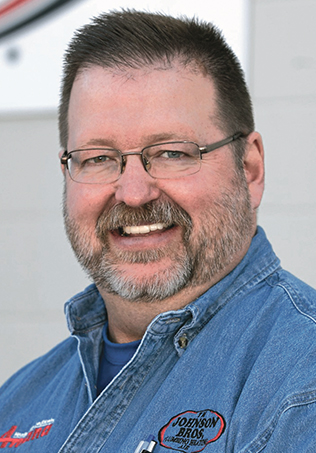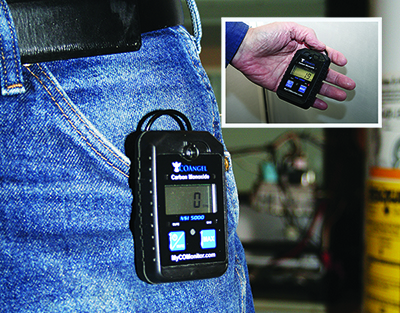Every time one of our employees enters a customer’s home or building, we take responsibility to assure both our technician’s and customer’s safety. Case law across America has proven that ignorance of this fact is no defense.
Let’s face it. HVAC system failures can and do happen. When someone (a homeowner or your technician) becomes ill or injured from Carbon Monoxide (CO) poisoning, you can be on the hook as the business owner.

On the Heating Safety Inspections website, safetyinspections.org, it states, “Generally, HVAC contractors and HVAC technicians are held legally responsible for HVAC work.
“As an HVAC contractor or HVAC technician, you could be held liable for installation or maintenance mistakes involving furnaces, boilers, and other HVAC equipment.”
Thus, every employee who enters a customer’s home must perform two must-do safety tests every time.
These two tests are:
- Check for the presence of ambient CO
- Conduct a basic building pressure test.
Again, because you are the HVAC professional, assuring customer and employee safety is 100% your responsibility. This is especially true as the business owner or manager.
Every building that your people enter potentially has excessive levels of CO. The only way to know for sure is to test. A calibrated combustion analyzer in the hands of a trained operator is the most accurate way to do this. The reality is, this can be cumbersome.
Personal CO Monitors Lead the Way
We’ve found a much easier way is to have all our field staff wear a belt clip formerly called the “CO Angel,” now the Industrial Pro.
For around $200 per person, you can assure that no building your people enter has high ambient CO levels. We recommend you provide every field person one of these and require them to wear it on every call. I guarantee you will be surprised at how many buildings have an issue with carbon monoxide. Without testing, you would have never known.
By the way, Industrial Pro personal monitors are available from National Comfort Institute (NCI). Click here for more information: ncilink.com/IndPro.

The other must-do test is a basic building pressure test. The tools required for this test are quite minimal. You need a battery drill, a drill bit, and a drill bit sleeve to install test ports.
You can learn more about adding test ports to an HVAC system here: ncilink.com/TestPorts.
You’ll also need to provide a $50 Dwyer 460 draft gauge (ncilink.com/Dwyer460) to measure draft. You can then test the draft in any chimney within the building. All chimneys should have a .01-.02-in. w.c. draft in them, or it’s time to start looking for why they don’t.
Visual inspections can be beneficial but, you need to learn what to look for in terms of the following:
- All the CO sources within the building
- The visual clues of CO spillage
- The building pressure influencers
- Typical building pressure visual indicators.
Training Helps Build Strengths
After you learn and understand these things, you can begin having conversations with your customers about these problems. Then you can explain how to correct them. You will soon find the additional income generated from these two basic tests quickly pay back any educational costs incurred learning how to test and fix these problems.
At Summit 2021 in Branson, MO, I will be hosting a seminar to discuss these topics more in-depth. If you haven’t registered yet, click on gotsummit.com and get yourself squared away. I hope to see you there.
To learn about this subject more in-depth, it would be helpful for you and your technicians to attend the CO and Combustion three-day class to earn certification in these procedures.
Watch for more NCI information as several such classes will be held around the country this fall and winter. Look for one coming to an area near you.
Furthermore, the Safety Inspection website has some reference tools you can use to keep you, your teammates, and your customers safe. Check them out here: safetyinspection.org/references.
Tom Johnson is a Plumbing and HVAC contractor from Cambridge, MN. Johnson has more than 40 years of industry experience and 10+ years of experience in the area of testing and repairing CO problems in the field. If you have questions on combustion safety, reach out to Tom at ncilink.com/ContactMe.













Recent Comments